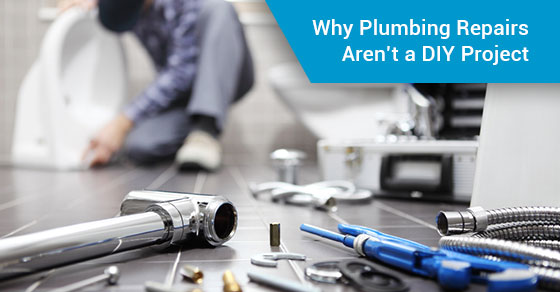
Tackling Plumbing Woes: A DIY Guide to Drain Repairs
Plumbing issues, especially clogged drains, can disrupt the harmony of any household. Fortunately, many drain repairs can be handled with confidence through simple do-it-yourself (DIY) solutions. This article provides a comprehensive guide to addressing common drain problems and performing DIY drain repairs effectively.
Understanding Common Drain Issues
Before diving into repairs, it’s essential to understand common drain problems. Slow drainage, gurgling sounds, and unpleasant odors are signs of potential issues. Identifying the root cause helps in selecting the appropriate DIY solution for effective drain repairs.
DIY Solutions for Minor Clogs
Minor clogs are a prevalent drain issue that can often be resolved with DIY solutions. A mixture of baking soda and vinegar can help break down blockages, and a plunger can create the necessary pressure to dislodge debris. These simple remedies are often effective for minor drain repairs.
The Power of Homemade Drain Cleaners
Homemade drain cleaners can be powerful allies in DIY drain repairs. Using ingredients like baking soda, vinegar, and hot water can create a chemical reaction that helps break down and flush away accumulated debris. This eco-friendly approach is gentle on pipes and effective in maintaining clear drains.
Utilizing Plumbing Tools for DIY Repairs
Having the right tools is crucial for successful DIY drain repairs. A plunger is a basic yet essential tool for addressing clogs. For more stubborn blockages, a plumbing snake or auger can be employed to reach deeper into the pipes and clear the obstruction effectively.
Preventing Future Clogs with DIY Maintenance
Prevention is key to avoiding recurrent drain issues. Implementing simple DIY maintenance practices, such as using drain strainers, regular flushing with hot water, and being mindful of what goes down the drain, can significantly reduce the likelihood of clogs and the need for future drain repairs.
Addressing Hair and Soap Scum Buildup
Hair and soap scum are common culprits for drain clogs. A simple DIY solution involves using a hair catcher in the shower or bathtub drain to prevent hair from entering the pipes. Regularly cleaning the drain cover and using a mixture of baking soda and vinegar can help manage soap scum buildup.
Dealing with Grease Buildup in Kitchen Drains
Kitchen drains often face challenges due to grease buildup. DIY drain repairs in the kitchen involve avoiding pouring grease down the drain and using a mixture of hot water and dish soap to break down grease deposits. Regular maintenance prevents major clogs and ensures smooth drainage.
Using DIY Methods for Unclogging Toilets
Toilets can also experience clogs, and DIY methods can come to the rescue. A plunger is the go-to tool for toilet drain repairs. Using a combination of baking soda and vinegar or a toilet auger can help dislodge stubborn blockages without the need for professional assistance.
Knowing When to Seek Professional Help
While many drain repairs can be handled through DIY methods, there are instances where professional help is necessary. Persistent clogs, recurring issues, or suspected sewer line problems may require the expertise of a plumber. Knowing when to seek professional assistance ensures timely and effective solutions.
To explore more about DIY drain repairs and effective solutions, visit DIY Drain Repairs. Armed with these DIY techniques, homeowners can confidently tackle common drain issues, maintain clear pipes, and promote a smoothly functioning plumbing system.
